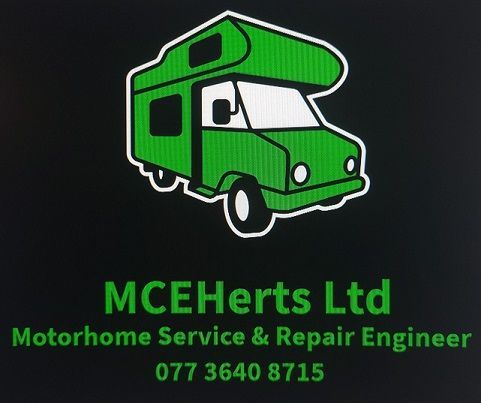List of Services
-
What is a Damp ReportList Item 1
Motorhome Damp Report
Water ingress or damp is the biggest misconception in the leisure industry. It strikes fear into the hearts and minds of pretty much every motorhome owner. Let's get this straight, not all water ingress or damp is going to end up with the inside of your motorhome being dismantled or costing you thousands of pounds. 95% of all cases which we see are
easily rectified and relatively inexpensive.
Another misconception is that you can smell damp, again this is not the case; you can only smell damp if the wood behind has rotted, which takes place over many years of water ingress. There are a number of different stages, each of which have a different cost of repair.
Stage 1
At this point any ingress/damp is not visible and can only be detected using a moisture meter. During this stage only a reseal is required, most commonly windows or awnings rails. Not uncommon in motorhomes only a few years old.
Stage 2
This stage usually occurs when the owner has missed a service or two. It is quite possible that it is visible under the window rubber or there is pimpling of the wallboard. It may also not be visible and depends on the location. The method of repair will include resealing the area which is causing the leak, ie window, awning rail, roof light and may also require some wallboard to be stripped and replaced. It may be expensive but not always.
Stage 3
This stage is why motorhome owners are terrified of the word ‘DAMP’. It may well be noticeable by smell, the walls could be soft to touch and it will certainly be visible either by pimpling or water marks. The walls could also be unstable due to the rotten wood behind. The cause is neglect due to lack of servicing and proper maintenance. Most cases which are at this stage are beyond economic repair.
Our Full Habitation Service includes a full damp report. This would highlight any areas that may need attention. DON'T LEAVE IT UNTIL IT'S TOO LATE
Readings between 15 - 20% may require further investigation when compared with the average of all readings taken. Consideration should be given to re-checking the area in three months.
Readings greater than 20% will identify areas needing remedial work. There may be early signs of water ingress or evidence of moisture. Again, consideration should be given to re-checking the area in three months.
When readings go above 30% structural damage may be occurring and deterioration is inevitable.
-
Tyres and the LawList Item 2
By law a tyre must have 1.6mm of tread depth over the inner three quarters of the circumference of the tyre, and there must be no cuts or rips exposing the casing or cord.
In the picture, the manufacturing date is circled and they must be replaced after every 10 years by law.
